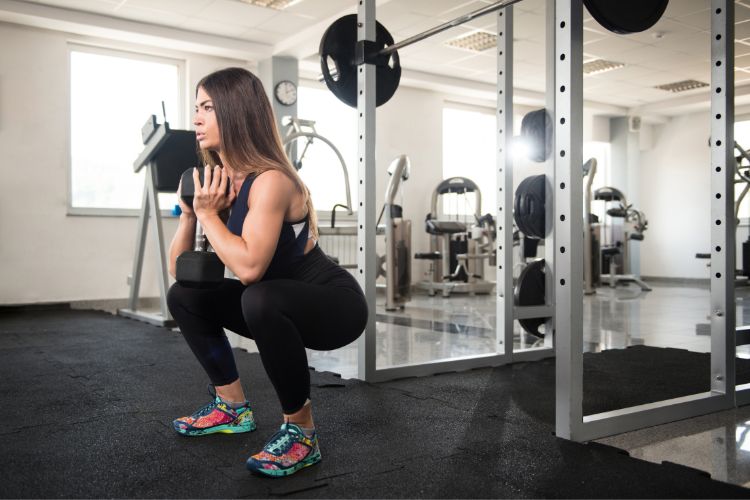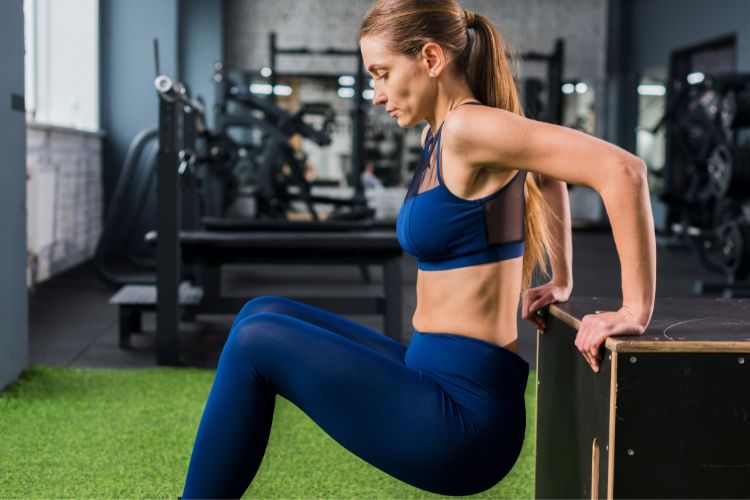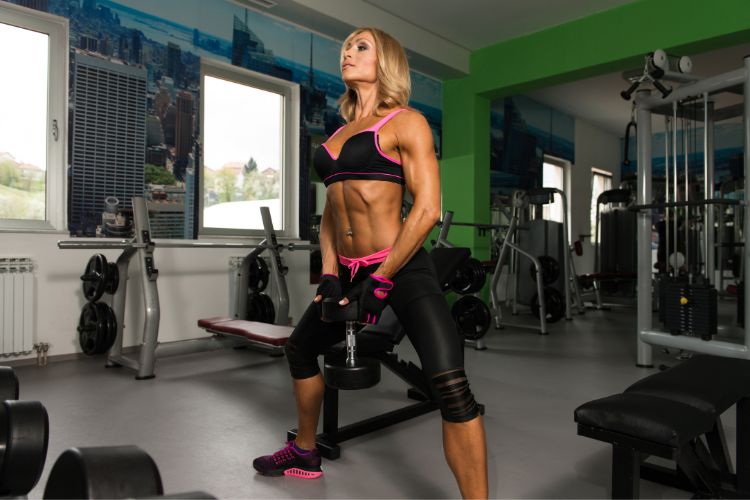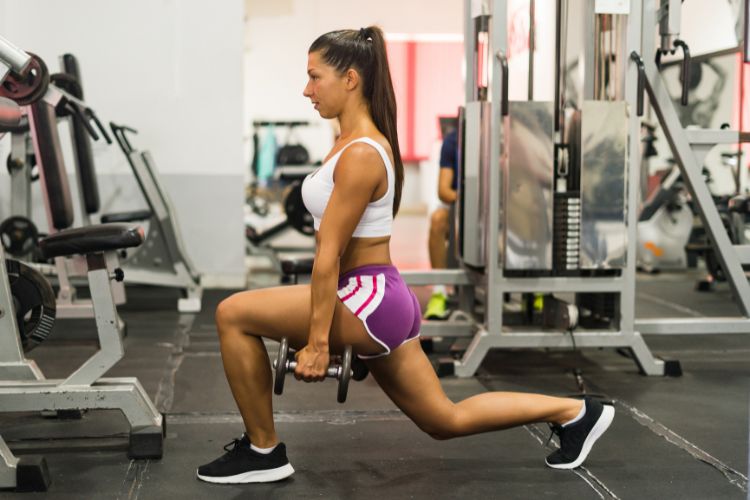Sign up for workout ideas, training advice, reviews of the latest gear and more.






Functional training has gained a strong following in the fitness world for its unique focus on exercises that mimic everyday movements. Unlike traditional weightlifting or cardio routines, functional training is designed to improve daily life by building strength, balance, and flexibility in ways that directly translate to real-world activities. Whether you’re picking up groceries, climbing stairs, or reaching overhead, functional training prepares your body for the physical demands of daily life. Here’s an in-depth look at what functional training is, its benefits, exercises, and how to incorporate it into your routine.
Functional training is a form of exercise that focuses on movements and exercises that improve your ability to perform everyday activities. This training style typically involves compound exercises that engage multiple muscle groups simultaneously, enhancing strength, coordination, and balance. It is characterized by its emphasis on movement patterns rather than isolating specific muscles, as traditional strength training might. This approach strengthens muscles and improves joint stability and mobility, making it a versatile option for people of all ages and fitness levels.
Functional training enhances strength and coordination in a way that directly improves your ability to perform daily tasks. Lifting, bending, reaching, and walking all require complex movements involving several muscle groups working together. Functional exercises prepare your body for these actions, making tasks easier and reducing fatigue.
Many functional training exercises target the stabilizing muscles, including the core, which helps improve balance and posture. This is particularly valuable as we age when balance tends to decline. Improved stability reduces the risk of falls and injuries, making functional training an essential component of long-term health.
Functional training incorporates a wide range of motion that helps maintain and improve joint mobility and flexibility. Unlike rigid strength training, functional exercises encourage natural, flowing movements that enhance the flexibility and strength of muscles and tendons. Improved mobility can help prevent injuries and maintain physical independence over time.
Functional training exercises mimic real-life activities and often use lower weights with higher repetitions, allowing the body to develop strength without putting excessive strain on joints and ligaments. This approach helps in creating balanced muscle development and body alignment, which reduces the likelihood of injuries from both workouts and daily tasks.
Almost every functional exercise engages the core muscles, which serve as a foundation for strength and stability. A strong core is essential for proper posture, balance, and efficient movement. Functional training strengthens the core in a holistic manner, preparing it for a variety of activities.
Functional training revolves around core engagement. A strong core supports almost every movement, providing stability and power. Most exercises in FT require core stabilization, which in turn helps improve balance and prevents back injuries.
Functional exercises incorporate movements in multiple planes: sagittal (forward and backward), frontal (side-to-side), and transverse (rotational). Training in these different planes prepares the body for the dynamic range of motions encountered in daily activities, creating a more versatile and balanced strength foundation.
Functional training is heavily focused on compound movements, which involve multiple joints and muscle groups. Exercises like squats, lunges, and deadlifts are common in functional training programs. These exercises train the body to work as a coordinated unit, enhancing overall strength and efficiency.
Functional training often relies on bodyweight exercises or minimal equipment like resistance bands, dumbbells, kettlebells, and medicine balls. This approach makes functional training accessible and versatile, allowing it to be done anywhere.
To begin a functional training routine, consider including exercises that work multiple muscle groups and mimic real-life movements. Here are some foundational functional exercises:
Why: Squats are one of the most functional movements you can perform. They engage the legs, core, and glutes while simulating the movement of sitting down and standing up.
How: Stand with your feet shoulder-width apart, lower yourself as if sitting back in a chair, and push through your heels to return to standing.
Why: Lunges work the legs, hips, and core, promoting balance and stability. They also help improve single-leg strength, which is essential for walking, running, and climbing stairs.
How: Step forward with one leg and lower your hips until both knees are bent at 90 degrees. Push back to the starting position and repeat on the other side.
Why: Deadlifts are excellent for strengthening the lower back, glutes, and hamstrings. This exercise simulates the action of picking something up from the ground.
How: Stand with feet hip-width apart, hold a kettlebell or dumbbells, and hinge at your hips to lower the weights while keeping a flat back. Return to standing by pushing through your heels and extending your hips.
Why: Push-ups are a full-body exercise that targets the chest, shoulders, triceps, and core. They improve upper body strength and are functional for pushing movements.
How: Start in a plank position, lower your body until your chest nearly touches the floor, then push back up to the starting position.
Why: Rows and other pulling movements strengthen the back, biceps, and shoulders. They counterbalance pushing exercises and improve posture.
How: Use resistance bands, dumbbells, or a barbell. With a slight bend in the knees and a hinge at the hips, pull the weights or band towards you, squeezing your shoulder blades together, then slowly lower.
Why: Planks are highly effective for building core strength and stability, which is critical in functional training.
How: Hold a plank position on your forearms or hands, keeping your body in a straight line from head to heels. Try different variations like side planks, shoulder taps, or reaching out in front.
Creating a FT routine depends on your fitness goals, time, and equipment availability. Here’s a sample routine that can be done three times a week, targeting all major movement patterns:
Warm-Up: 5-10 minutes of light cardio (jumping jacks, high knees) and dynamic stretching.
Main Workout:
Cooldown: 5-10 minutes of stretching, focusing on the hamstrings, quads, chest, and back.
If you’re new to functional training, start with basic bodyweight movements and gradually introduce weights or resistance bands. Focus on mastering the correct form before increasing intensity, as proper form is essential in preventing injuries.
Functional training emphasizes quality movements that closely mirror daily activities. Concentrate on maintaining proper alignment, core engagement, and balanced weight distribution rather than rushing through the exercises.
To keep your body challenged and avoid plateaus, incorporate a variety of exercises that target different movement patterns. Functional training can include upper body, lower body, core, and even rotational movements to fully engage your muscles and joints.
If you’re already following a workout routine, consider adding functional exercises as a warm-up or finisher. Exercises like planks, lunges, and squats can complement strength or cardio sessions and add an element of functional movement.
Athletes often benefit from FT as it enhances coordination, agility, and sport-specific movements. Incorporating plyometric and agility exercises like box jumps, lateral bounds, and medicine ball throws can improve explosiveness and dynamic strength.
As we age, balance, mobility, and strength naturally decline. Functional training can help older adults maintain independence and prevent injuries by focusing on exercises that promote stability, flexibility, and core strength.
A Functional training plan can be a highly effective form of exercise for weight loss. High-intensity functional workouts that include bodyweight and compound movements burn a significant amount of calories. Adding a cardio element, like burpees or mountain climbers, to functional routines can also enhance fat loss.
Functional training relies heavily on core strength, and neglecting core engagement can compromise stability and balance. Make it a priority to activate your core in every exercise.
The goal of functional training is not necessarily to lift the heaviest weight possible but to perform exercises that enhance everyday movement. Start with a manageable weight and increase gradually as your strength improves.
Warm-ups and cool-downs are crucial in functional training to prevent injuries and improve flexibility. Incorporate dynamic stretches before starting and perform static stretches afterward to ensure muscles recover properly.
Functional training offers a holistic approach to fitness that improves strength, balance, mobility, and everyday performance. It’s a versatile and accessible workout style suitable for everyone, from beginners to athletes. By focusing on exercises that mimic daily movements and prioritizing core stability, functional training helps you build a body that not only looks strong but can also handle life’s physical demands with ease.
FT is more than just a workout—it’s a lifestyle shift towards movement efficiency and resilience.
Stay up to date on the latest women’s health, fitness and lifestyle trends and tips.